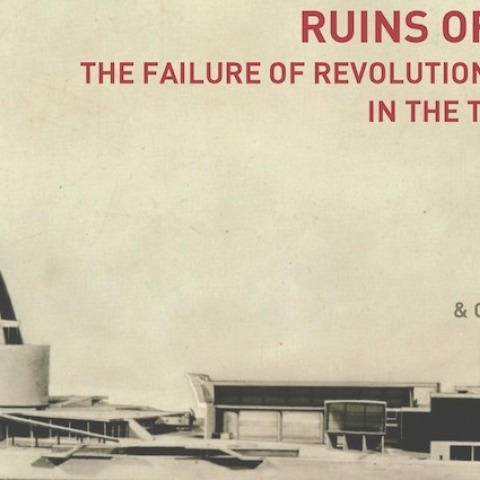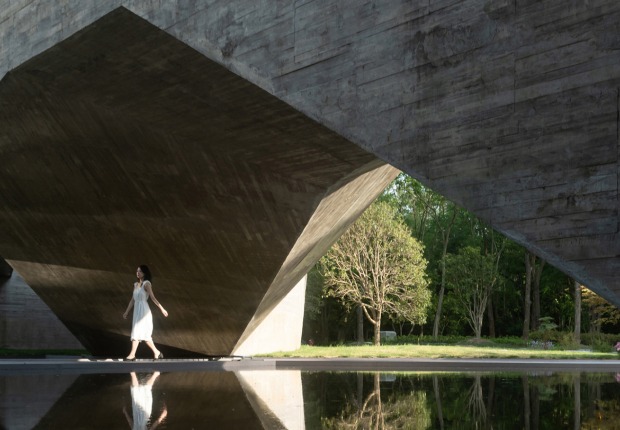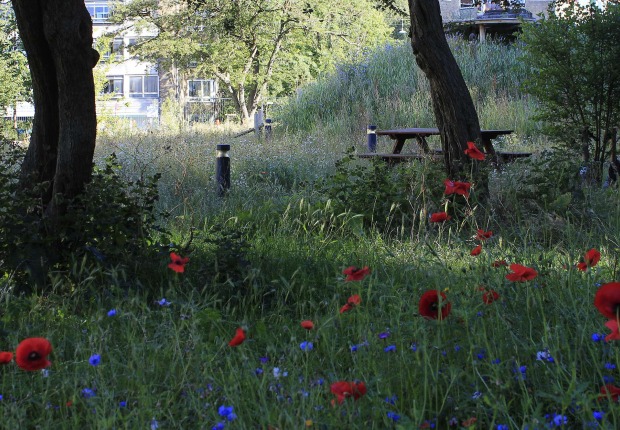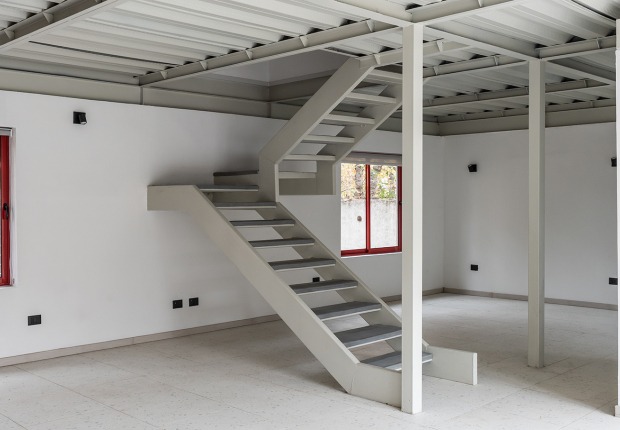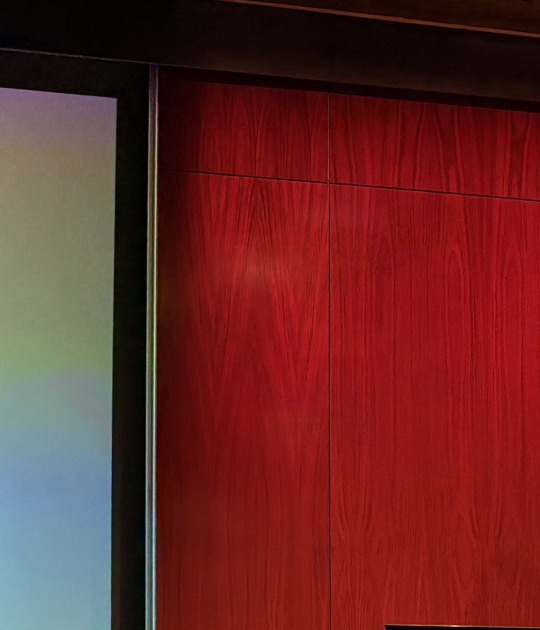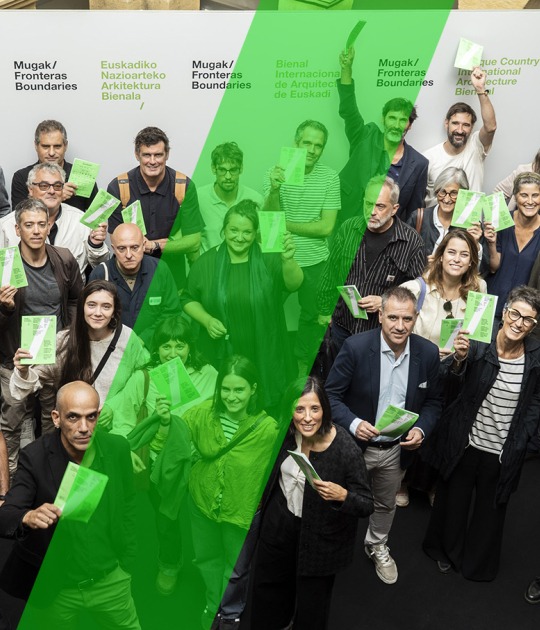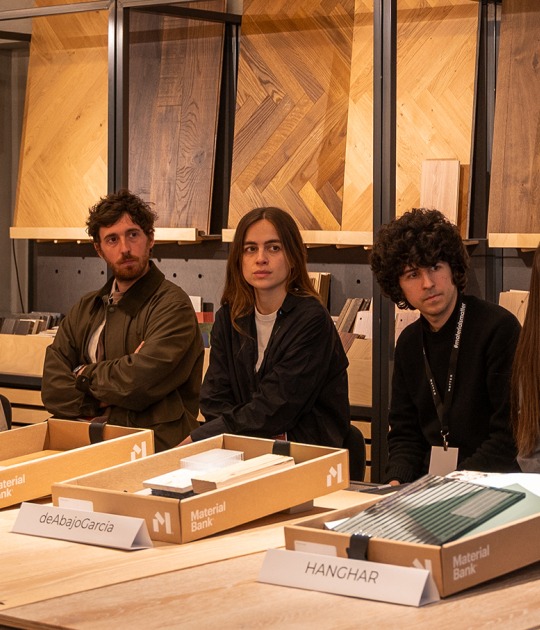Bernard Tschumi was born in Lausanne, Switzerland, on January 25, 1944. He holds dual nationality, inherited from his French mother and his father, the renowned Swiss architect Jean Tschumi. He studied architecture at the Swiss Federal Institute of Technology (ETH) in Zurich. His early years were spent moving between Zurich and Paris, where he experienced the May 1968 protests firsthand.
After completing his studies that same year, he began teaching at the Architectural Association in London, then led by Albin Boyarsky, a pivotal figure in shaping the critical approach to architectural education and practice that Tschumi would later implement. This period placed him in an environment where he interacted with a generation of outstanding architects.
He later taught at prestigious institutions such as Princeton University and The Cooper Union in New York. Between 1988 and 2003, he served as dean of the Graduate School of Architecture, Planning, and Preservation at Columbia University, leaving an indelible mark on the education of architects and the intellectual discourse of the discipline. He continues to teach at Columbia today.
His theoretical work, writings, and both conceptual and built projects have been fundamental in redefining the relationship between architecture and theory. He explores the interplay between space, movement, and events as dynamic forces that shape spatial relationships and urban experiences.
Tschumi is widely recognized for his influential books, including The Manhattan Transcripts—a project developed through four exhibitions between New York and London—first published in 1978 and reissued in 1994 following an exhibition at MoMA. Another key publication, Architecture and Disjunction, further develops his interest in an architecture that transcends mere form and function, engaging instead with spatial dynamics, narrative structures, and urban events, ultimately redefining the concept of place.
His early theoretical ideas were materialized in one of his most iconic projects: Parc de la Villette in Paris. After winning the competition in 1982, the project evolved over the following years with the construction of multiple folies, culminating in 1998. Here, Tschumi developed his concept of spatial relationships within an architectural landscape that activates the interaction between individuals, space, and the city.
Tschumi is the founder and director of Bernard Tschumi Architects, with offices in New York and Paris. Beyond his work at La Villette, his most notable projects include the Acropolis Museum in Athens, the Le Fresnoy Contemporary Arts Center in France, and the Vacheron-Constantin headquarters in Geneva. His architecture consistently explores spatial fragmentation and sensory experience, challenging conventional notions of architectural composition.
His work has been recognized with prestigious accolades, including the Grand Prix National d’Architecture in France (1996), multiple awards from the American Institute of Architects, and the National Endowment for the Arts. He is an international member of the Royal Institute of British Architects in England and the Collège International de Philosophie in France. Additionally, he has been honored as an Officer of both the Légion d’Honneur and the Ordre des Arts et des Lettres.
Tschumi’s work has been exhibited in major museums and biennials worldwide, including the Museum of Modern Art in New York, the Venice Architecture Biennale, the Netherlands Architecture Institute in Rotterdam, and the Centre Pompidou in Paris.
His legacy continues to shape architectural practice and thought on a global scale.
